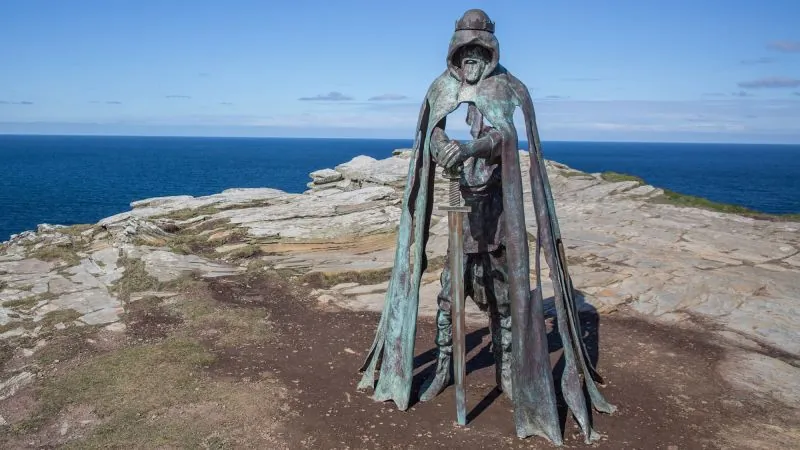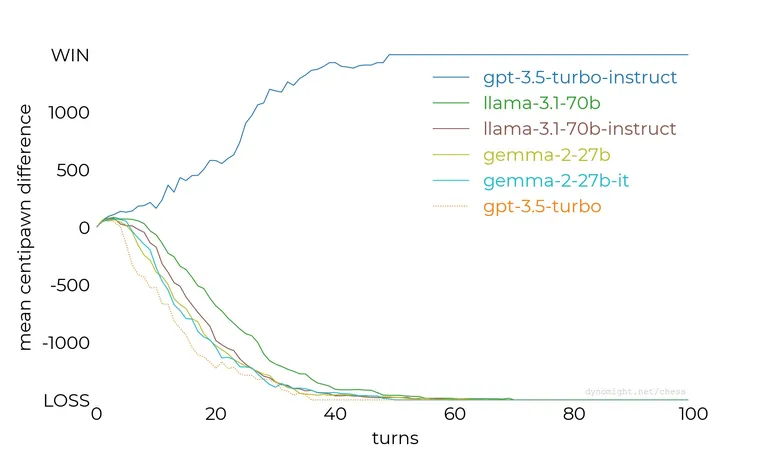
The Legendary Footsteps of King Arthur: Are We Closer to Unraveling the Myth?
2024-11-16
Author: Wei
The Legend of King Arthur
King Arthur, the legendary Celtic warlord, etched his mark on British folklore as the symbol of resistance against the Anglo-Saxon invasion. Described as a brave leader accompanied by a powerful wizard, he was bestowed the mythical sword Excalibur and is said to be merely sleeping, waiting to rise when Britain needs him the most. His captivating story has not only fueled the imaginations of generations but has also left behind a dramatic trail of historical sites across the UK that remain steeped in mystery and allure.
The Historical Quest
The quest to determine whether there was a real King Arthur or if he is merely a figment of cultural imagination has intrigued historians and archaeologists alike for centuries. This storied figure is believed to have led a tribe of indigenous Britons against the Saxons in the fifth century, a time when fierce resistance was met with brutal conquest. Areas such as Wales and Cornwall held out the longest against these invaders, preserving the Celtic languages while the rest of Britain transitioned to what would eventually become English.
Arthur in Cornwall
Arthur's ties to Cornwall are particularly pronounced, with Tintagel Castle standing as a focal point of his myth. This dramatic castle, perched upon rugged cliffs off Cornwall's shore, is reputed to be his birthplace and continues to draw thousands of visitors eager to walk in the footsteps of the legendary king. Glastonbury Tor and Caerleon Castle also vie for their connections to Arthur, creating a labyrinth of Arthurian destinations that spark both intrigue and rivalry.
Modern Research Insights
So what can modern research reveal about this enigmatic character? Experts like Mark Stoyle, a professor of early modern history at the University of Southampton, suggest that Arthur's legend may be rooted in historical fact, arising from the accounts of various local chieftains who resisted Saxon expansion. However, the foundational truth about Arthur remains shrouded in foggy historical narratives.
Geoffrey of Monmouth's Influence
The medieval period, particularly after the writings of Geoffrey of Monmouth, saw Arthur’s fame soar. Geoffrey's work, Historia Regum Britanniae, posited that Arthur was both a king and a warrior, engaging in battles that would secure a sense of identity for the Britons in the face of tumultuous change. His writings intertwined elements of history with embellishments that stirred the imagination.
Archaeological Evidence
Archaeological findings, particularly at Tintagel, support the claim of the area being significant during Arthur's proposed era. Evidence of trade connections with distant lands like Greece, Turkey, and North Africa point to Tintagel as a hub of activity during the so-called Dark Ages. The discovery of the "Artognou stone," thought to reference Arthur, adds another thread to the fabric of speculation surrounding him.
Critiques of Historical Narratives
Meanwhile, the debate on the authenticity of Geoffrey's accounts continues. Critics, like Nicholas J. Higham of the University of Manchester, regard them as fabricated histories, designed to glorify the Britons while undermining their Saxon counterparts. References to Arthur in older Welsh poetry and the writings of Gildas indicate his role as a warrior figure, but its accuracy is clouded by the distance of time and the shifting sands of storytelling.
Arthur's Enduring Legacy
Arthur's legacy extends far beyond mere folklore and is intricately tied to English history. In the late 15th century, for instance, King Henry VII invoked Arthur's name as he united the Welsh against the English, seeking to claim the throne with a perceived divine right linked to Arthur's mythical return. The enduring appeal of Arthur transformed him into a potent emblem of identity and hope, inspiring everything from the romantic tales of knights and chivalry to more recent interpretations in literature and cinema.
Pilgrimage and Interpretation
Today, places of pilgrimage for Arthur enthusiasts vary in atmosphere—Glastonbury attracts mystical seekers while Tintagel appeals to those looking for a more rugged, warrior-oriented connection to the past. Each location offers a unique interpretation of the legend, proving that Arthur has evolved into a complex character that resonates differently with various audiences.
Conclusion
Ultimately, whether Arthur was a real historical figure or a collective representation of the Celtic spirit remains unknown. What is clear, however, is that the legend continues to hold cultural significance, serving as a mirror through which we explore our ideals, history, and identity. Arthur’s story may be steeped in myth, but its impact on culture and history is undeniably real, fueling the human desire for connection to our past and the heroes who shape it.






 Brasil (PT)
Brasil (PT)
 Canada (EN)
Canada (EN)
 Chile (ES)
Chile (ES)
 España (ES)
España (ES)
 France (FR)
France (FR)
 Hong Kong (EN)
Hong Kong (EN)
 Italia (IT)
Italia (IT)
 日本 (JA)
日本 (JA)
 Magyarország (HU)
Magyarország (HU)
 Norge (NO)
Norge (NO)
 Polska (PL)
Polska (PL)
 Schweiz (DE)
Schweiz (DE)
 Singapore (EN)
Singapore (EN)
 Sverige (SV)
Sverige (SV)
 Suomi (FI)
Suomi (FI)
 Türkiye (TR)
Türkiye (TR)